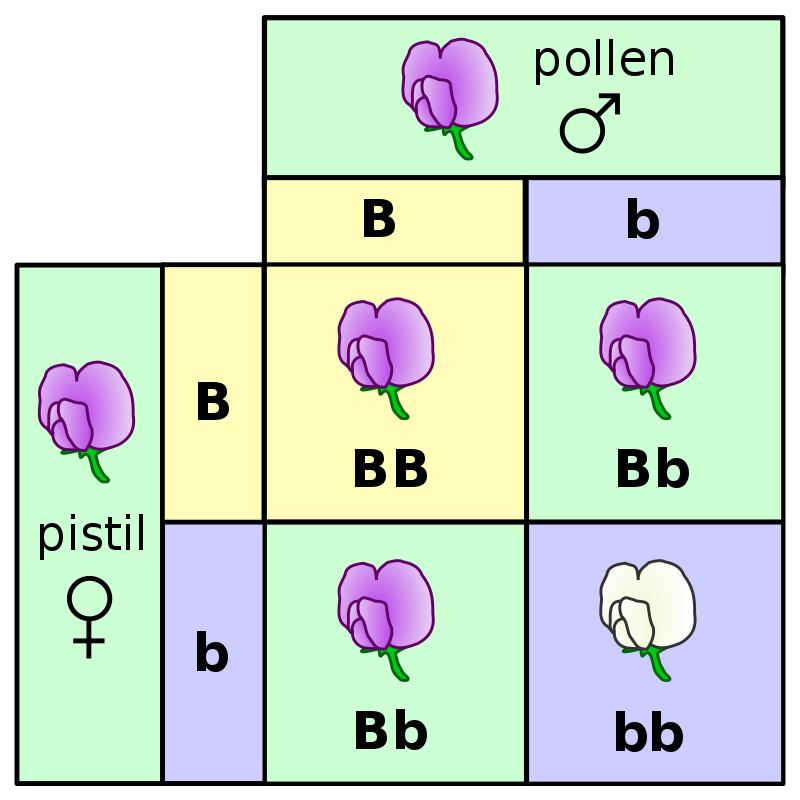Models¶
- A model is a set of assumptions about how data was generated.

- We want a way to assess the quality of a given model.
# Set up packages for lecture. Don't worry about understanding this code, but
# make sure to run it if you're following along.
import numpy as np
import babypandas as bpd
import pandas as pd
from matplotlib_inline.backend_inline import set_matplotlib_formats
import matplotlib.pyplot as plt
set_matplotlib_formats("svg")
plt.style.use('ggplot')
np.set_printoptions(threshold=20, precision=2, suppress=True)
pd.set_option("display.max_rows", 7)
pd.set_option("display.max_columns", 8)
pd.set_option("display.precision", 2)

"... the overall percentage disparity has been small...”
Recall, a statistic is a number calculated from a sample.
np.random.choice won't help us, because we don't know how large the eligible population is.np.random.multinomial helps us sample at random from a categorical distribution.np.random.multinomial(sample_size, pop_distribution)
np.random.multinomial samples at random from the population, with replacement, and returns a random array containing counts in each category.pop_distribution needs to be an array containing the probabilities of each category.Aside: Example usage of np.random.multinomial
Halloween is on Monday, and you're getting ready to go trick-or-treating 👻. Suppose you'll visit 35 houses, and that each of the 35 houses you'll visit has the same candy box, containing:
At each house, you'll select one candy blindly from the candy box.
To simulate the act of going to 35 houses, we can use np.random.multinomial:
np.random.multinomial(35, [0.3, 0.3, 0.4])
array([12, 9, 14])
In our case, a randomly selected member of our population is Black with probability 0.26 and not Black with probability 1 - 0.26 = 0.74.
demographics = [0.26, 0.74]
Each time we run the following cell, we'll get a new random sample of 100 people from this population.
np.random.multinomial(100, demographics)
array([25, 75])
We also need to calculate the statistic, which in this case is the number of Black men in the random sample of 100.
np.random.multinomial(100, demographics)[0]
24
counts.counts = np.array([])
for i in np.arange(10000):
new_count = np.random.multinomial(100, demographics)[0]
counts = np.append(counts, new_count)
counts
array([26., 22., 23., ..., 26., 34., 20.])
Was a jury panel with 8 Black men suspiciously unusual?
(bpd.DataFrame().assign(count_black_men=counts)
.plot(kind='hist', bins = np.arange(9.5, 45, 1),
density=True, ec='w', figsize=(10, 5),
title='Empiricial Distribution of the Number of Black Men in Simulated Jury Panels of Size 100'));
observed_count = 8
plt.axvline(observed_count, color='black', linewidth=4, label='Observed Number of Black Men in Actual Jury Panel')
plt.legend();
# In 10,000 random experiments, the panel with the fewest Black men had how many?
counts.min()
10.0
model = [0.75, 0.25]
# Draw 929 plants and calculate the proportion of plants with purple flowers
np.random.multinomial(929, model)[0] / 929
0.7298170075349839
distances = np.array([])
for i in np.arange(10000):
new_distance = abs(np.random.multinomial(929, model)[0] / 929 - 0.75)
distances = np.append(distances, new_distance)
bpd.DataFrame().assign(simulated_abs_differences=distances) \
.plot(kind='hist', bins=np.arange(0, 0.055, 0.0025),
density=True, ec='w', figsize=(10, 5),
title='Empirical Distribution of the Statistic | proportion purple - 0.75 |');
Without context, these numbers aren't helpful – we need to see where the value of the statistic in Mendel's original observation lies in this distribution!
observed_distance = abs(705 / 929 - 0.75)
observed_distance
0.008880516684607098
bpd.DataFrame().assign(simulated_absolute_differences=distances) \
.plot(kind='hist', bins=np.arange(0, 0.055, 0.0025),
density=True, ec='w', figsize=(10, 5),
title='Empirical Distribution of the Statistic | proportion purple - 0.75 |');
plt.axvline(observed_distance, color='black', linewidth=4, label='Observed Value of the Statistic | proportion purple - 0.75 |')
plt.legend();

Goal: choose between two views of the world, based on data in a sample.
Is the observed value of the test statistic consistent with the empirical distribution of the test statistic (i.e., the simulated test statistics)?
flips_400 array below.flips_400 = bpd.read_csv('data/flips.csv').get('flips').values
flips_400
array(['Tails', 'Tails', 'Tails', ..., 'Heads', 'Heads', 'Tails'],
dtype=object)
heads = np.count_nonzero(flips_400 == 'Heads')
heads
188
tails = len(flips_400) - heads
tails
212
Let's put these values in an array, since our simulations will also result in arrays.
flips = np.array([heads, tails])
flips
array([188, 212])
Let's consider the pair of viewpoints “This coin is fair.” OR “No, it’s not.”
def dist_from_200(arr):
heads = arr[0]
return abs(heads - 200)
dist_from_200(flips)
12
results array. Repeat this process many, many times.results.model = [0.5, 0.5]
repetitions = 10000
results = np.array([])
for i in np.arange(repetitions):
coins = np.random.multinomial(400, model)
result = dist_from_200(coins)
results = np.append(results, result)
results
array([10., 1., 6., ..., 12., 0., 10.])
bpd.DataFrame().assign(results=results).plot(kind='hist', bins=np.arange(0, 40, 2),
density=True, ec='w', figsize=(10, 5),
title='Empirical Distribution of the Statistic | Number of Heads - 200 |');
plt.axvline(dist_from_200(flips), color='black', linewidth=4, label='Observed Value of the Statistic | Number of Heads - 200 |')
plt.legend();
Let's now consider the pair of viewpoints “This coin is fair.” OR “No, it's biased towards heads.” Which test statistic would be appropriate?
def num_heads(arr):
return arr[0]
All that will change from our previous simulation is the function we use to compute our test statistic.
model = [0.5, 0.5]
repetitions = 10000
results = np.array([])
for i in np.arange(repetitions):
coins = np.random.multinomial(400, model)
result = num_heads(coins)
results = np.append(results, result)
results
array([180., 202., 216., ..., 197., 216., 194.])
bpd.DataFrame().assign(results=results).plot(kind='hist', bins=np.arange(160, 240, 4),
density=True, ec='w', figsize=(10, 5),
title='Empirical Distribution of the Number of Heads');
plt.axvline(num_heads(flips), color='black', linewidth=4, label='Observed Value of the Number of Heads')
plt.legend();